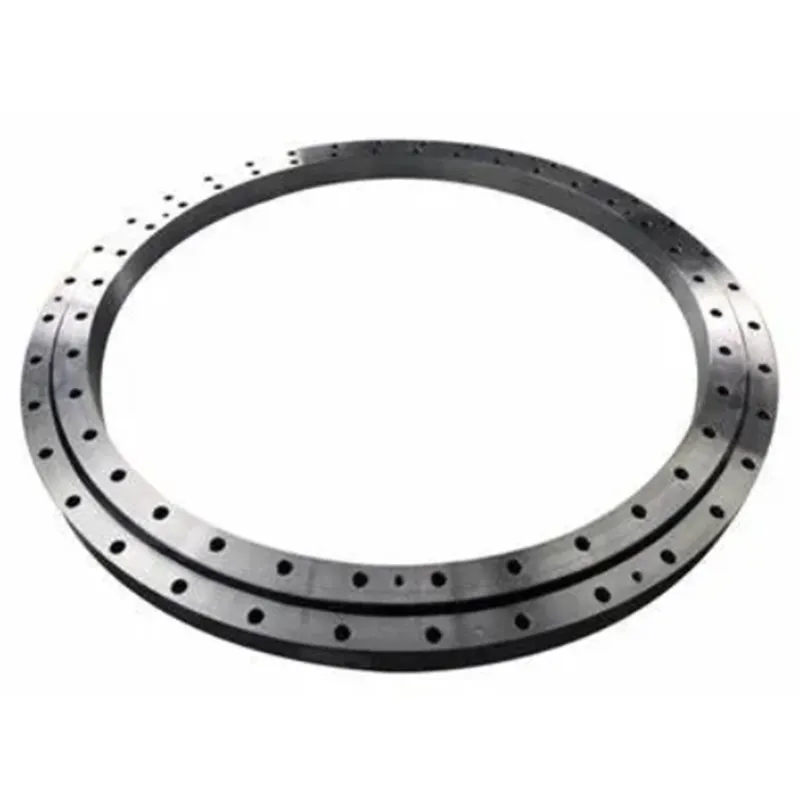-
Cangzhou Yulong Steel Co., Ltd.
-
Phone:
+86 13303177267 -
Email:
admin@ylsteelfittings.com
- English
- Arabic
- Italian
- Spanish
- Portuguese
- German
- kazakh
- Persian
- Greek
- French
- Russian
- Polish
- Thai
- Indonesian
- Vietnamese
- Zulu
- Korean
- Uzbek
- Hindi
- Serbian
- Malay
- Ukrainian
- Gujarati
- Haitian Creole
- hausa
- hawaiian
- Hebrew
- Miao
- Hungarian
- Icelandic
- igbo
- irish
- Japanese
- Javanese
- Kannada
- Khmer
- Rwandese
- Afrikaans
- Albanian
- Amharic
- Armenian
- Azerbaijani
- Basque
- Belarusian
- Bengali
- Bosnian
- Bulgarian
- Catalan
- Cebuano
- China
- China (Taiwan)
- Corsican
- Croatian
- Czech
- Danish
- Esperanto
- Estonian
- Finnish
- Frisian
- Galician
- Georgian
- Kurdish
- Kyrgyz
- Lao
- Latin
- Latvian
- Lithuanian
- Luxembourgish
- Macedonian
- Malgashi
- Malayalam
- Maltese
- Maori
- Marathi
- Mongolian
- Myanmar
- Nepali
- Norwegian
- Norwegian
- Occitan
- Pashto
- Dutch
- Punjabi
- Romanian
- Samoan
- Scottish Gaelic
- Sesotho
- Shona
- Sindhi
- Sinhala
- Slovak
- Slovenian
- Somali
- Sundanese
- Swahili
- Swedish
- Tagalog
- Tajik
- Tamil
- Tatar
- Telugu
- Turkish
- Turkmen
- Urdu
- Uighur
- Welsh
- Bantu
- Yiddish
- Yoruba

Nov . 09, 2024 01:27 Back to list
Understanding ASTM A333 Grade 6 Steel Pipe Specifications and Applications in Industry
Understanding ASTM A333 Grade 6 A Comprehensive Overview
ASTM A333 Grade 6 is a specification developed by ASTM International, which defines the requirements for seamless and welded steel pipe intended for low-temperature service. This specification is critical for various industries, particularly those that operate in extreme conditions such as oil and gas, power generation, and chemical processing. In this article, we will delve into the characteristics, applications, and benefits of ASTM A333 Grade 6, alongside the importance of adhering to such standards.
Material Composition
ASTM A333 Grade 6 steel pipes are primarily composed of carbon steel, with a chemical composition that is specifically designed to provide enhanced mechanical properties at low temperatures. Typically, the alloy includes elements such as manganese, phosphorus, and sulfur to improve strength and toughness. The permissible limits for these elements are outlined in the ASTM A333 specification, which ensures that the material can withstand the rigors of low-temperature environments without becoming brittle.
The technical standard dictates that the yield strength of A333 Grade 6 pipe should not be less than 40 ksi (276 MPa) when tested at the specified low temperatures, ensuring that the material retains its integrity and performance even under challenging conditions. The elongation requirement is also crucial, guaranteeing that the material can withstand significant deformation without failing.
Mechanical Properties
One of the defining features of ASTM A333 Grade 6 is its outstanding mechanical properties. The standard specifies that the pipe should be able to maintain its ductility and toughness at temperatures as low as -50°F (-45°C). This low-temperature behavior is essential for applications in cold environments where other materials might fail due to loss of ductility.
The impact testing requirements at low temperatures are stringent, ensuring that any material supplied as A333 Grade 6 will perform reliably under the specific conditions it's designed for. This characteristic makes it a popular choice in sectors where failure could lead to catastrophic results, such as nuclear power plants and high-pressure gas transmission lines.
Applications
astm a333 gr 6

Due to its ability to withstand low temperatures, ASTM A333 Grade 6 is extensively used in the oil and gas industry, particularly for transporting natural gas and crude oil under icy conditions. The power generation sector also utilizes this material, especially in the construction of piping systems that operate in cold climates or where liquid nitrogen is present.
In addition, the petrochemical industry prefers ASTM A333 Grade 6 for its durability and reliability. The material's exceptional weldability allows it to be easily fabricated into various shapes and configurations necessary for complex systems. Furthermore, its low-temperature properties make it suitable for cryogenic applications, such as liquefied natural gas (LNG) pipelines.
Benefits of Compliance
Using ASTM A333 Grade 6 materials provides several advantages beyond merely meeting industry standards. Compliance with such specifications ensures quality control during manufacturing, resulting in pipes that are not only strong and durable but also safe to use in critical applications.
Moreover, adhering to these standards helps in reducing the risk of failures that could result from using substandard materials. This adherence translates into cost savings over time, as the lifecycle of the piping systems is extended, and maintenance needs are reduced. In industries like oil and gas, where maintenance can be disruptive and costly, using reliable materials is paramount.
Furthermore, the international recognition of ASTM standards facilitates global trade, as many countries accept these specifications for products used in construction and manufacturing processes. This standardization helps in reducing barriers to entry in foreign markets, enabling manufacturers to expand their reach successfully.
Conclusion
In conclusion, ASTM A333 Grade 6 is a vital material specification for industries requiring reliable and durable piping solutions in low-temperature environments. Its superior mechanical properties, functional versatility, and the stringent quality assurance associated with its standard make it a preferred choice for engineers and manufacturers worldwide. As industries continue to push the boundaries of technology and operate in increasingly challenging environments, the importance of such materials will only grow, underscoring the relevance of ASTM A333 Grade 6 in modern infrastructure development.
Latest news
-
ANSI 150P SS304 SO FLANGE
NewsFeb.14,2025
-
ASTM A333GR6 STEEL PIPE
NewsJan.20,2025
-
ANSI B16.5 WELDING NECK FLANGE
NewsJan.15,2026
-
ANSI B16.5 SLIP-ON FLANGE
NewsApr.19,2024
-
SABS 1123 FLANGE
NewsJan.15,2025
-
DIN86044 PLATE FLANGE
NewsApr.19,2024
-
DIN2527 BLIND FLANGE
NewsApr.12,2024
-
JIS B2311 Butt-Welding Fittings LR/SR 45°/90° /180°Seamless/Weld
NewsApr.23,2024











